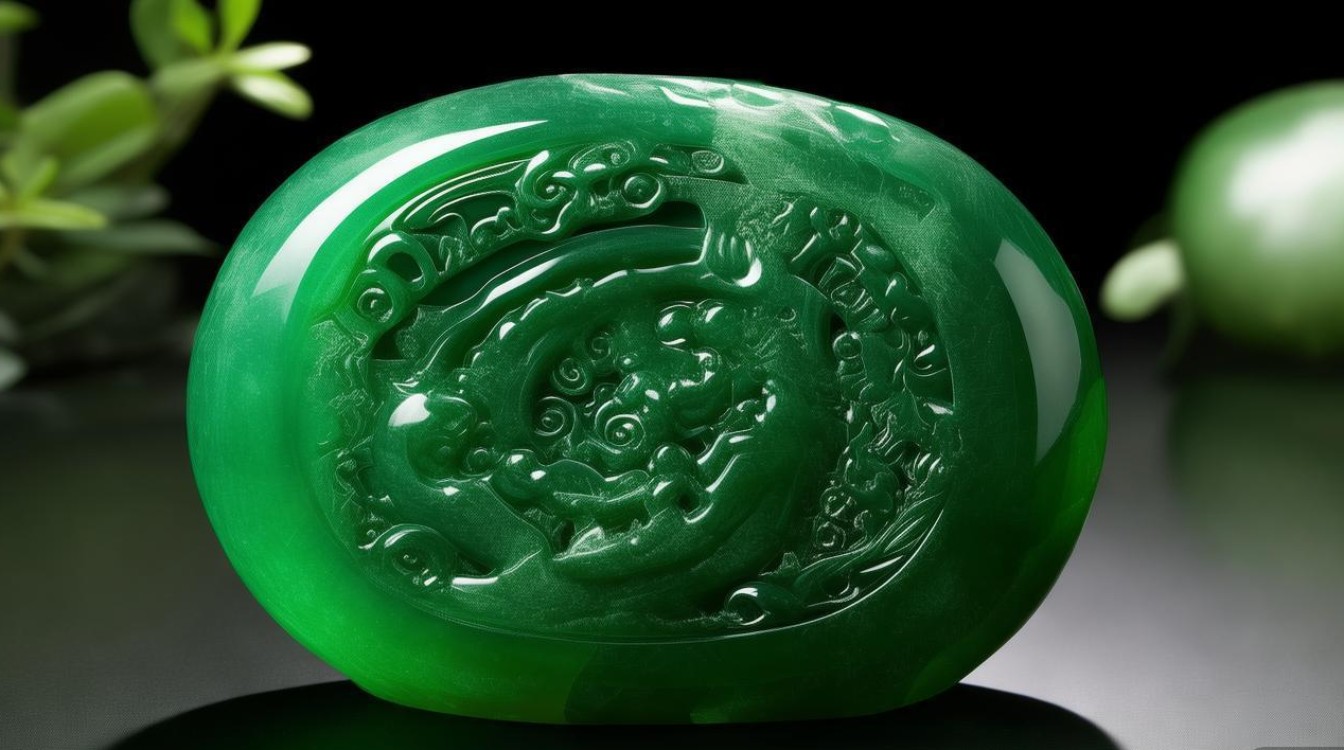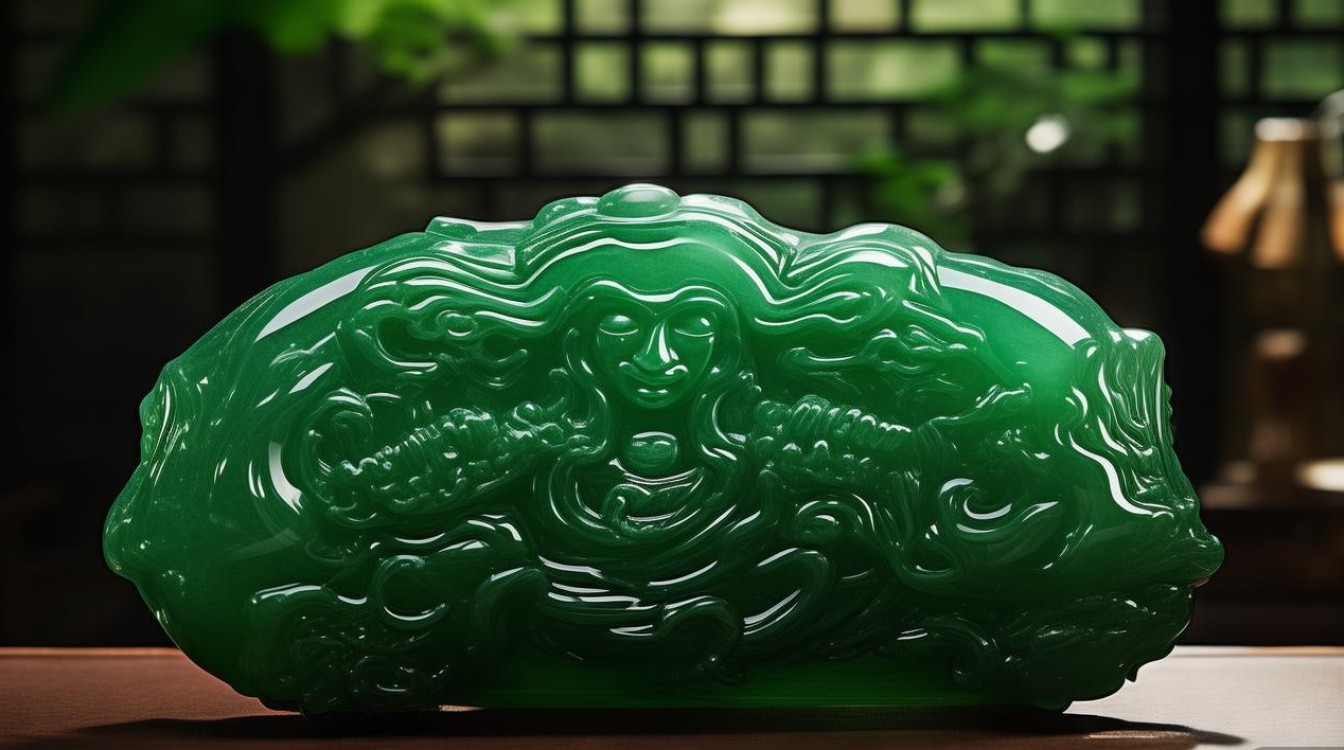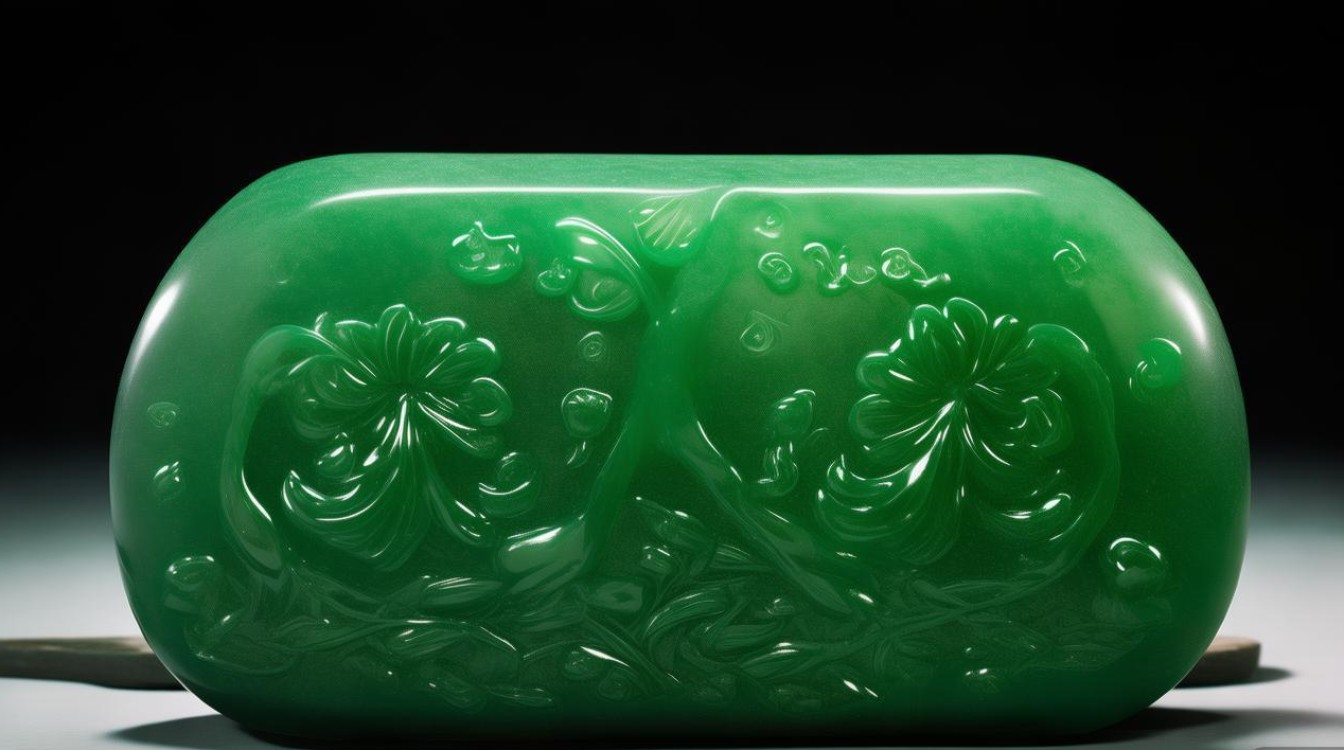Jade, often referred to as "the stone of heaven," has captivated civilizations for millennia with its mesmerizing beauty, cultural significance, and enduring allure. Among the various types of jade, jadeite (翡翠, feicui in Chinese) stands out as the most prized and sought-after variety, renowned for its vibrant colors, exceptional hardness, and spiritual connotations. This gemstone, primarily sourced from Myanmar, has transcended mere ornamentation to become a symbol of status, wisdom, and protection in Eastern cultures, while also gaining global admiration in the world of fine jewelry and collectibles.

Origins and Geological Formation
Jadeite belongs to the pyroxene mineral group, with its chemical composition defined as sodium aluminum silicate (NaAlSi₂O₆). Unlike its softer counterpart, nephrite (composed of calcium magnesium silicate), jadeite forms under extreme conditions—high pressure (approximately 2–3 gigapascals) and relatively low temperatures (200–400°C)—typically in subduction zones where oceanic plates collide with continental plates. This geological process occurs over millions of years, resulting in dense, interlocking crystal structures that contribute to jadeite’s durability and lustrous appearance.
The majority of the world’s gem-quality jadeite comes from the northern region of Myanmar (formerly Burma), particularly the Kachin State, where mines such as Hpakan have yielded legendary stones since the 13th century. Smaller deposits are found in Guatemala, Russia, and the United States, but Myanmar jadeite remains the benchmark for quality, accounting for over 90% of the market’s finest specimens.
Cultural Significance and Historical Use
In Chinese culture, jadeite holds a sacred status that predates recorded history. For over 8,000 years, jade has been carved into ritual objects, ceremonial weapons, and ornaments, symbolizing power, immortality, and moral integrity. The philosopher Confucius once described jade as "the embodiment of virtue," associating its five key virtues—benevolence, righteousness, wisdom, courage, and purity—with the ideal character of a gentleman. During the Qing Dynasty (1644–1912), jadeite reached the pinnacle of imperial favor, with emperors commissioning intricate carvings, from snuff bottles to dragon pendants, to reflect their authority and connection to the divine.
Beyond China, jadeite has played a pivotal role in other cultures. In pre-Columbian Mesoamerica, the Maya and Aztecs revered jade as more valuable than gold, using it to create masks, figurines, and ceremonial axes for religious rituals and burials. Similarly, in New Zealand, the Māori people carve jade (known as pounamu) into hei tiki (pendants) and toki (adzes), which are passed down through generations as symbols of ancestral heritage and protection.
Characteristics and Value Factors
Jadeite’s value is determined by a combination of color, transparency, texture, and craftsmanship. Unlike many gemstones, which are prized for single attributes, jadeite’s allure lies in its harmonious balance of these factors.

Color
Color is the most critical factor in evaluating jadeite. The most coveted hue is "imperial green" (帝王绿), a vibrant, evenly distributed green reminiscent of fresh spinach, caused by trace amounts of chromium. Other desirable colors include:
- Lavender jadeite: Ranging from pale lilac to deep purple, caused by iron and manganese impurities.
- Red and yellow jadeite (翡): Formed by oxidized iron, with red being rarer and more valuable.
- Ice jadeite (冰种): Translucent to transparent, with a "watery" or "glassy" appearance, often featuring subtle white or green inclusions.
Transparency and Texture
Transparency, referred to as "water" (水), ranges from opaque (common in lower-quality jadeite) to highly transparent (ice or glassy varieties). Texture, or "structure" (种), describes the arrangement of crystals: fine, even textures (e.g., glassy or icy) are highly valued, while coarse, granular textures (e.g., "bean jadeite") are less desirable.
Craftsmanship
Jadeite is one of the hardest gemstones (6.5–7 on the Mohs scale), making carving a meticulous and time-consuming process. Skilled artisans use diamond-tipped tools to shape raw jadeite into intricate designs, such as bracelets, pendants, and sculptures. The value of a piece can be significantly enhanced by masterful carving that maximizes color, clarity, and the stone’s natural beauty.
Market Trends and Investment Value
In recent decades, jadeite has emerged as a strong investment asset, with prices for high-quality pieces increasing exponentially. At auction, rare imperial jadeite items have fetched record sums—for instance, a "double bracelet" set sold by Sotheby’s in Hong Kong for over $27 million in 2014, highlighting the gemstone’s status as a "hard currency" among collectors.
The primary market for jadeite remains in Asia, particularly China, where rising affluence has fueled demand for luxury jewelry and heirlooms. However, growing interest from Western collectors has expanded its global reach, with designers incorporating jadeite into contemporary pieces that blend traditional motifs with modern aesthetics.

FAQs
Q1: What is the difference between jadeite and nephrite?
A1: Jadeite and nephrite are both commonly referred to as "jade," but they differ significantly in composition, hardness, and value. Jadeite (NaAlSi₂O₆) has a higher hardness (6.5–7 on the Mohs scale) and a denser, more vibrant structure, with colors ranging from green to lavender, red, and white. Nephrite (Ca₂Mg₅Si₈O₂₂(OH)₂) is softer (5.5–6) and typically comes in muted greens, browns, or whites. Jadeite is rarer and more valuable, especially in gem-quality forms, while nephrite is more commonly used for carvings and decorative objects.
Q2: How can I distinguish natural jadeite from treated or synthetic jadeite?
A2: Natural jadeite has a natural color distribution and internal inclusions, often with a "fibrous" or "granular" texture under magnification. Treated jadeite, such as "dyed" or "b-treated" (bleached and polymer-impregnated) varieties, may exhibit unnaturally uniform colors, surface bubbles, or a "plastic" luster. Synthetic jadeite, grown in labs, often has a perfect, uniform structure with no natural inclusions. To verify authenticity, consult a certified gemologist (e.g., through GIA or AGS) and request a gemstone grading report, which details treatments and origin.




